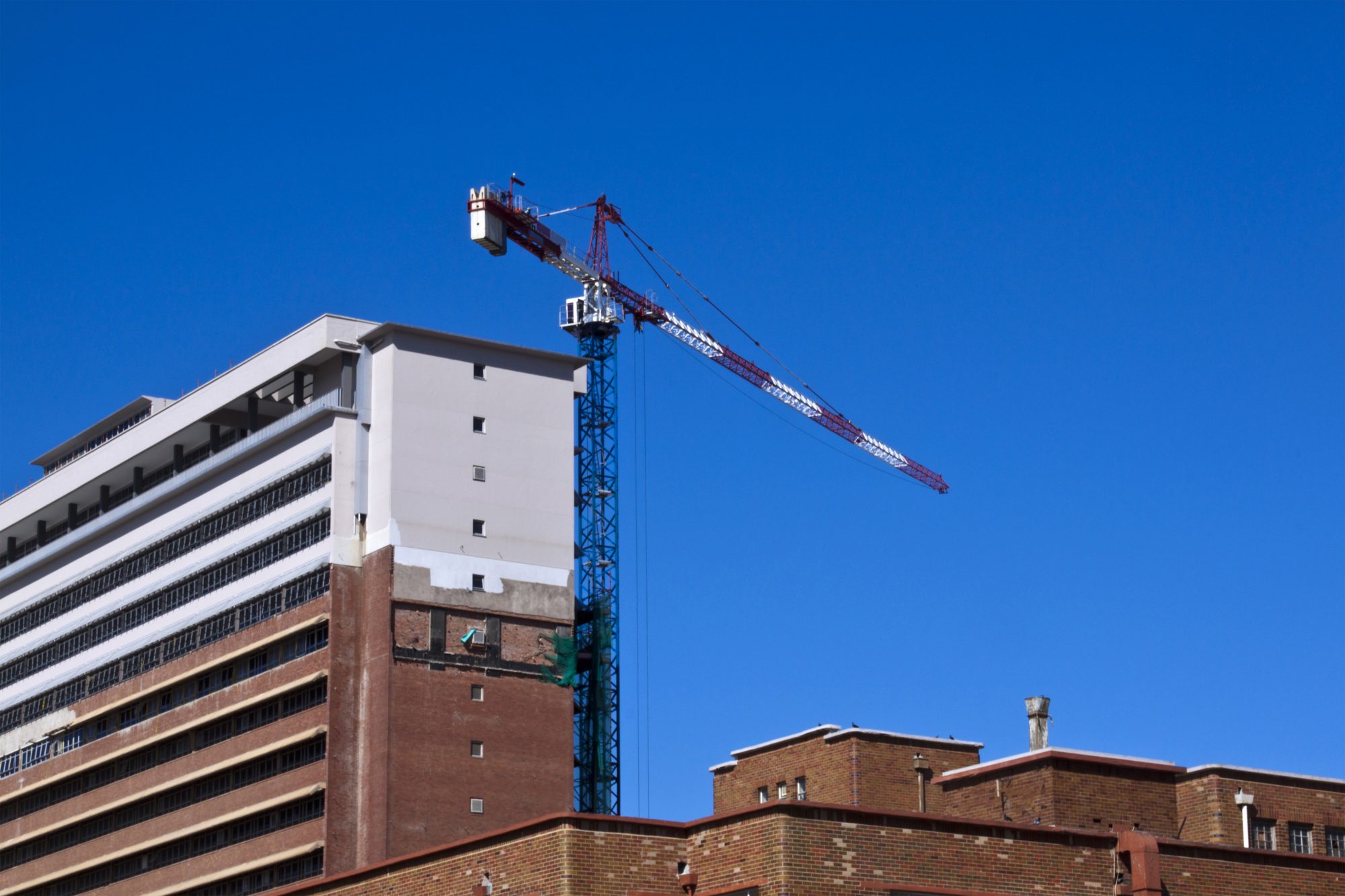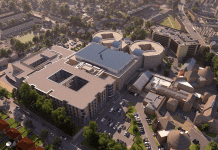As hospitals and healthcare systems are considering what the new normal will look like, how can we design and plan new hospitals to radically improve patient experience, clinical outcomes and staff wellbeing? Smriti Singh and Chris Waine at Arcadis take a look
The NHS was set up in the immediate post-war era to provide free healthcare to everyone, at a time when many people could not afford even basic treatment. As a result of free hospital treatment, as well as other services such as primary care, and better nutrition and improvements in housing, people are living much longer.
What has happened more recently is that the NHS is now moving towards improving quality of life. For the last 10 years NHS policy has focused as much on shifting our healthcare system to help people live well, as well as ‘fixing’ them. So, we saw a greater focus on primary care, integration across health and social care and supporting people to make healthier choices.
Now, as well as addressing this strategic challenge (of the mismatch between the healthcare challenges we face and the system we have inherited), the NHS also needs to address Covid.
The impact of the Covid-19 pandemic is enormous and still playing out. When it first hit, many of us wondered if it would be like Swine ‘flu or Bird ‘flu – making an immediate impact but no lasting change. However, the reality is different and hospital, and healthcare system, design must now take account of Covid. It has forced us to think about airborne infections for the first time in decades. Any new hospital design must now take account of airborne infections as well as addressing the longer-standing strategic challenge.
We have considered these challenges and set out our initial thinking on how to design a ‘post-Covid hospital: in terms of its purpose, what services it should provide, layout, staff spaces and technology.
Purpose
Our starting point for hospital design is clarity of purpose. Addressing modern healthcare challenges – of ageing, lifestyle and the management of long-term conditions – requires cultural as well as practical changes. We, therefore, recommend directly addressing this from the start, in the design principles.
Traditional hospitals require – for reasons which were valid at the time – people to behave as passive recipients of treatment and care. Modern hospital design should seek to harness people’s own motivations and resources and integrate them into the way we manage health.
The modern hospital needs to be more than a hospital. We believe it should be a hub for the local community, housing a range of organisations, some of which directly support people’s health and care (e.g. carers’ groups) and others which will do this indirectly supporting the health of the local population (e.g. cafes, with terminals where people can undertake health checks).
The design should be a welcoming environment, where design features invite people and encourage them to be curious about their health; the space can include cafes with health self-assessment terminals or downloadable apps.
Services
When we talk about ‘hospitals’ we are usually referring to buildings which provide traditional secondary care services, ie where we go when our health cannot be managed at home by a GP. We propose that new hospitals must be designed to include a broader range of services, most importantly mental health provision.
Traditional mental health hospitals have been declining for decades, plus the pandemic has led to an enormous increase in the need for mental health services. Including mental heath services in hospital design could be through additional dedicated space for mental health practitioners but also the inclusion of mental health expertise in ‘mainstream’ service areas such as Emergency Departments. Mental health services should not be an ‘add on’ to an otherwise traditional hospital but built into its design from the start.
Layout
Hospitals can be difficult to navigate and therefore feel disempowering to patients and families. This is often because they have developed incrementally, with departments and services set out in ways which feel illogical to users, with signage that uses the language of professionals and not ordinary people. One simple idea is that, as far as possible, services should be organised around parts of the body with all signage in simple English; an area for the ‘heart’, an area for the ‘brain’. Whilst this may not always be possible, having plain, non-medical, language as a design principle is a cheap and effective way of making the hospital easier to navigate.
The layout must also now be designed to minimise infection control. Even if we don’t have a full-blown pandemic for decades, the reality is we are likely to see mutations and consequently infectious outbreaks. For most of the hospital, this means single rooms by default. The single rooms need to be supported by mechanical ventilation which supports infection management and technology which can counter some of the potential risks of single rooms (effective monitoring of patients via sensors or wearables).
Staff spaces
As hospitals have evolved, and healthcare costs increased, staff spaces within hospitals have become eroded. We now need to think seriously about great facilities for hospital staff. If nothing else, the pandemic has brought home the value of the hospital workforce and also the urgent need to address the longer term issue of the NHS’ workforce crisis. When thinking about staff spaces, we want to achieve three outcomes: (1) enabling relaxation and decompression, (2) support co-working and (3) driving a safety culture.
We propose putting in dedicated ‘decompression’ spaces for staff to use when they need downtime. These are quiet spaces, with plants and low lighting. There should be no signs and should be set up to allow individuals time alone. These are in contrast to co-working spaces. The co-working spaces should be in working areas, like nursing stations onwards, and should include touchscreens for planning, sharing timetables/ lists and, when not in use, displacing safety notices.
Technology
Digital tech is a game-changer. Whilst the NHS is right to focus on electronic patient records, we can do much with cheaper solutions which deliver benefits quicker. Digitising patient pathways, to introduce more self-monitoring, means we can provide more with the same workforce, increase visibility and extend the hospital’s reach beyond its walls.
Benefits can also include a reduction in ‘routine’ follow-up appointments and patients getting faster, timely and direct access to specialists. We recognise the issue of digital exclusion, and although hospitals should be designed with digital in mind, nothing should be exclusively digital.
The ideas set out here represent a starting point. They require further development, and this should be done ‘bottom-up’, with those who will use it and those who will work there.
Smriti Singh
UK Health Transformation Advisory Lead
Chris Waine
UK Health Sector Lead

















